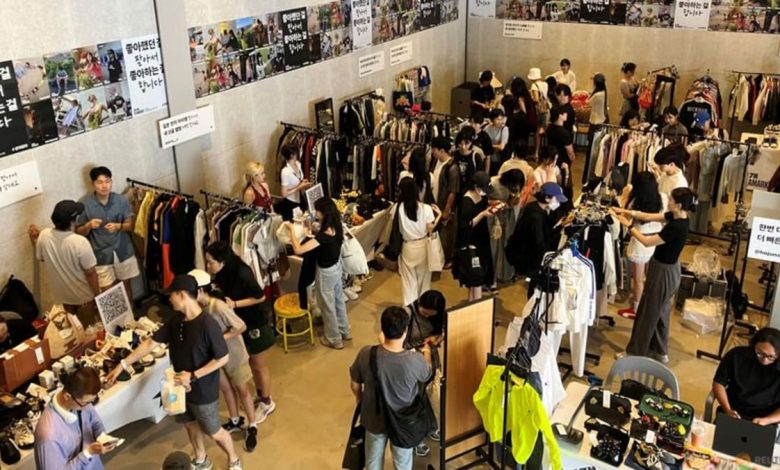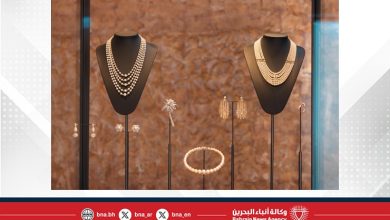Analysis: Korea’s birth rate drive struggles to sway ‘YOLO’ generation

The savings rate for those in their 30s declined to 28.5 per cent in the first quarter from 29.4 per cent five years ago, while that for all other age groups increased in the same period, central bank data shows.
At the same time, people in their 20s and 30s make up the biggest spenders at department stores and top-tier hotels while their travel spending rose to 40.1 per cent from 33.3 per cent in the past three years.
The proportion of spending by those in their 20s at high-end department stores has almost doubled to 12 per cent in the three years to May, data from Hyundai Card shows, while that for all other age groups declined.
Last year alone, revenue at pricey buffet restaurants jumped 30.3 per cent, versus a gain of 10.5 per cent at fast food restaurants and 9 per cent for the entire dining industry, according to market research firm Euromonitor.
In one example, sales at Seoul Dragon City Hotel – a popular Instagram spot – for its 90,000 won (US$68) all-you-can-eat seasonal strawberry dessert jumped 150 per cent from last winter, even after the hotel hiked the price by 12.5 per cent.
In contrast, 25 to 29-year-olds in Australia slashed spending by 3.5 per cent in the first quarter of 2024 from a year earlier due to cost-of-living pressure, a report by the Commonwealth Bank of Australia shows.
Koreans’ fancy tastes have made them the world’s biggest per-capita spenders on luxury brands, Morgan Stanley’s research showed last year, and a hot destination for the biggest luxury brands.
Chanel, Celine and Dior have all signed deals with teen-focused K-pop groups such as Blackpink and NewJeans as global brand ambassadors.





